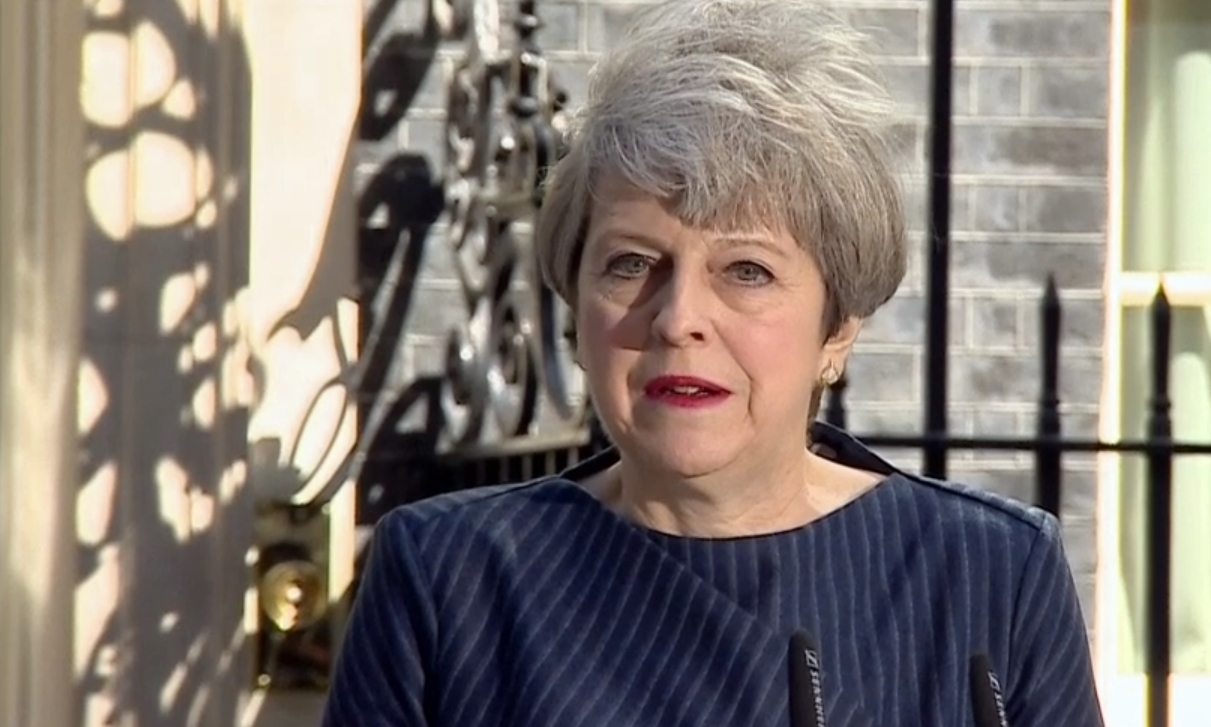Theresa May told a joke and I laughed.
This isn’t the weirdest thing I saw last week – that was the true story that Barbra Streisand has cloned her dog, twice – but it was weird enough to make me wonder if I’m unknowingly asleep in a tank of life-sustaining fluid as part of a network of human minds created by robots to power a dystopian future society.
Anyway. The Prime Minister gave a speech to the Westminster correspondents’ dinner last Wednesday, and it was funny. I think she gets help with her speeches, so I’m not pretending she’s the next Lenny Bruce or even Lennie Bennett, but full credit to her.
There was a joke about David Cameron’s shed, a reference to David Davis’ daft Mad Max comment and other zingers, but the best gag was when she compared the Chancellor, Philip Hammond, to “a drier, less frivolous version of LinkedIn”. This made me chortle; perhaps even guffaw.
Mrs May also referred to her own nickname, Maybot, that comment on her perceived lack of personality, which set me musing about the comedy inherent in politics. It’s a pretty dry affair all round, so adding humour, especially if it’s snide, can have an impact on the national consciousness.
Spitting Image would be the best example, of course, with grey, robotic John Major, goosestepping Thatcher, moronic Reagan and so many others. Private Eye included genius like portraying Tony Blair as a trendy vicar. The list is long.
British political satire has existed as long as we’ve had mass media, from early cartoons and writings through stand-up comedy to near-perfect TV shows like Yes Minister and The Thick Of It.
There’s no shortage of material, even if you only have space for a headline: witness monikers like The Iron Lady, Bottler Brown or, indeed, Maybot.
That’s why it’s better to join in with the joke, like the wonderful Obama performances at the White House Correspondents’ Association dinner: “People say I’m arrogant and aloof. Some people are so dumb.”
And that’s why I’ve finally gained some respect for Theresa May. She’s a disastrous Prime Minister, but at least we can laugh with her while we laugh at her.
